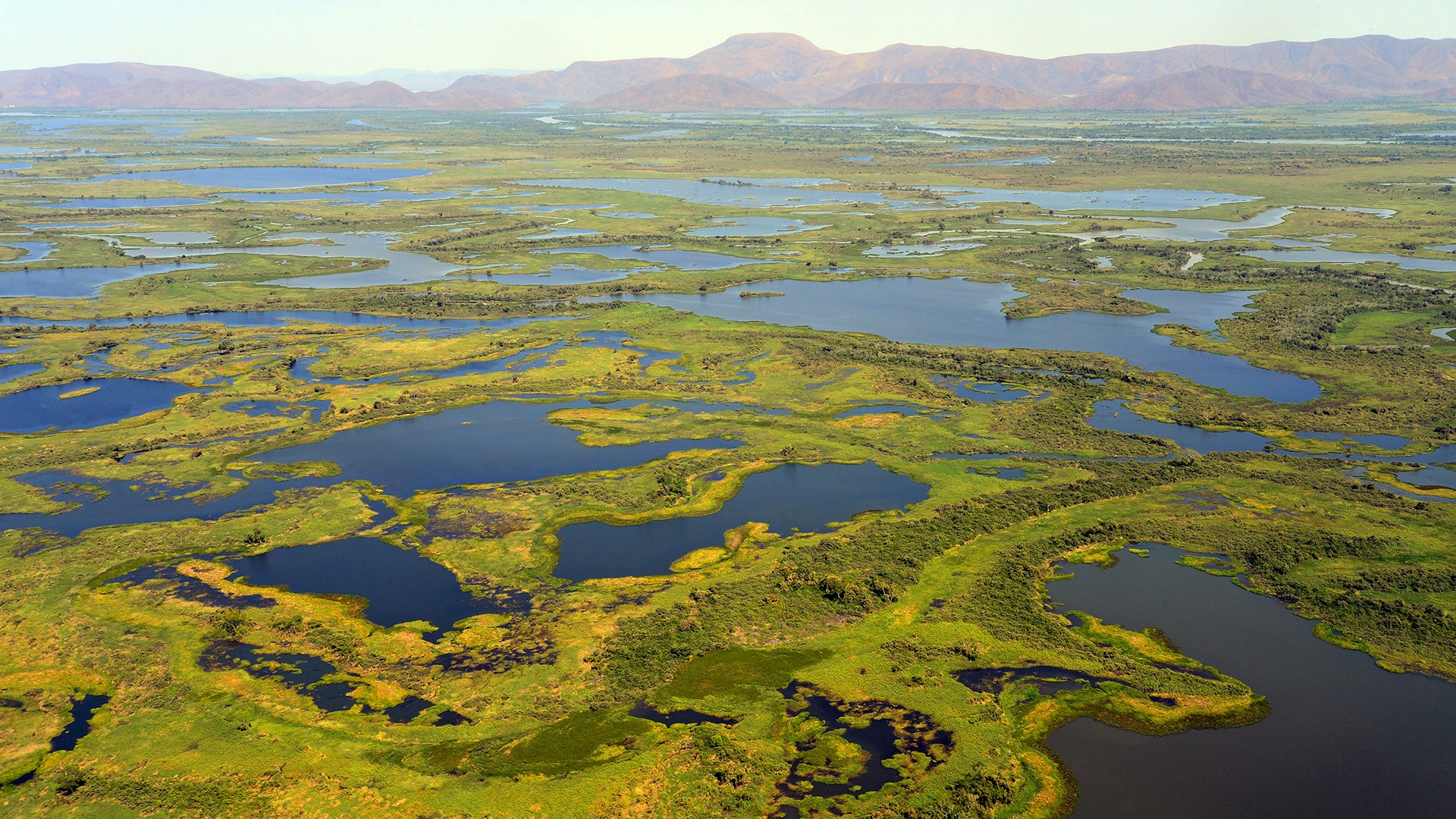Wetlands vital for biodiversity, humankind

By Indira Aryal
Kathmandu, Feb. 3: Every year, February 2 is observed as World Wetland Day, but there is still a lot more to do for the conservation of wetlands considering their importance for both the ecosystem and human life.
This year, the day was observed organising different awareness programmes by the government and private sector with the slogan of “Wetland and Biodiversity” across the country.
Wetlands cover around 5.6 per cent of the country’s surface area and more than 21 ethnic communities depend on these wetlands like lakes, ponds, rivers, swamps, reservoirs and paddy fields for their livelihood, experts said.
“Wetland conservation has been given importance globally and this is one of the major priorities for the country,” said joint secretary and spokesperson of the Ministry of Environment and Forest (MoFE) Dr Sindhu Prasad Dhungana.
Natural wetlands are decreasing every year while manmade ones are being added in some of the areas. Artificial wetlands are constructed mainly in the national parks, said Dr. Maheshwor Dhakal, joint secretary at the Climate Change Management Division at the MoFE. However, there is no exact data on how many artificial wetlands have been built within the country till date.
The country has approximately 5,000 wetlands, including permanent and seasonal rivers, streams and creeks. And till date 10 wetlands have been declared as Ramsar sites after Nepal became the signatory of the Ramsar Convention in 1971, experts said.
Dhungana said that wetlands were also habitats for several species of wildlife, from aquatic animals to migratory birds. So the government is in coordination with every local body working for their protection and conservation, he added.
To enhance the conservation of wetlands, Nepal formulated the National Wetland Policy in 2003 and made amendments to it 2013.
In recent years, wetlands have faced many threats, primarily from the impacts of climate change, unsustainable development and human activities, experts said.
Dr. Dhakal said that the constitution of Nepal had given the responsibility of conversation to the national government, but all three levels of governments should work to protect the wetlands.
Dr. Dhakal said that wetlands should be approached from cultural and religious perspectives. “Most of the wetlands are being shadowed but these important sites s of the country should be protected at any cost for which local, state and central government as well as private sector should come together,” he said.
Dr. Dhakal said that the impacts of climate change and population growth had directly affected water, which makes the conservation of wetlands even more important.
According to World Wildlife Fund, the government, with support from WWF Nepal, had carried out a host of activities including preparing inventories, documenting the cultural, religious and spiritual significance of the important wetlands, and supporting development and implementation of site management plans of Gosaikunda and Ghodaghodi Ramsar sites. WWF Nepal has also declared Gokyo, Gosaikunda, Rara and Phoksundho as four high altitude wetlands.
Recent News

Do not make expressions casting dout on election: EC
14 Apr, 2022
CM Bhatta says may New Year 2079 BS inspire positive thinking
14 Apr, 2022
Three new cases, 44 recoveries in 24 hours
14 Apr, 2022
689 climbers of 84 teams so far acquire permits for climbing various peaks this spring season
14 Apr, 2022
How the rising cost of living crisis is impacting Nepal
14 Apr, 2022
US military confirms an interstellar meteor collided with Earth
14 Apr, 2022
Valneva Covid vaccine approved for use in UK
14 Apr, 2022
Chair Prachanda highlights need of unity among Maoist, Communist forces
14 Apr, 2022
Ranbir Kapoor and Alia Bhatt: Bollywood toasts star couple on wedding
14 Apr, 2022
President Bhandari confers decorations (Photo Feature)
14 Apr, 2022











